
Elseus Sophus Bugge was a Norwegian philologist and linguist. His scholarly work was directed to the study of runic inscriptions and Norse philology. Bugge is best known for his theories and his work on the runic alphabet and the Poetic Edda and Prose Edda.

Peter Andreas Munch, usually known as P. A. Munch, was a Norwegian historian, known for his work on the medieval history of Norway. Munch's scholarship included Norwegian archaeology, geography, ethnography, linguistics, and jurisprudence. He was also noted for his Norse legendary saga translations.

Hulda Garborg was a Norwegian writer, novelist, playwright, poet, folk dancer, and theatre instructor. She was married to Arne Garborg, and is today perhaps best known for kindling interest in the bunad tradition.
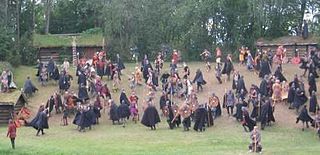
Saint Olav Drama is an outdoor theatre performance played every end of July in Stiklestad in Verdal, Norway.
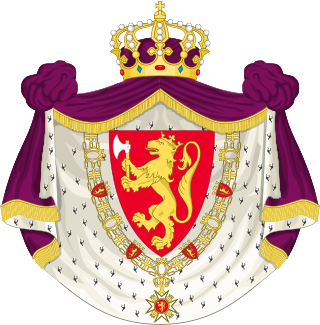
The coat of arms of Norway is the arms of dominion of king Harald V of Norway, and as such represents both the monarch and the kingdom. It depicts a standing golden lion on a red background, bearing a golden crown and axe with silver blade.

Oluf Rygh was a noted Norwegian archaeologist, philologist and historian. Oluf Rygh is recognized as one of the founders of professional archaeology in Norway. He led the 1867 excavation of the Tune ship (Tuneskipet)
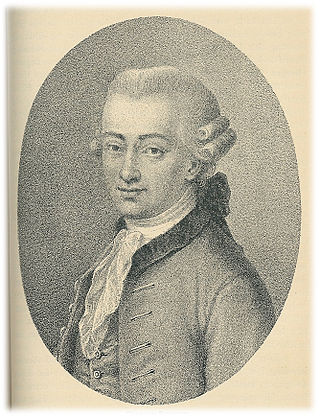
Gerhard Schøning was a Norwegian historian. His Reise som giennem en Deel af Norge i de Aar 1773, 1774, 1775 paa Hans Majestets Kongens Bekostning documenting travel through Trondheim, Gudbrandsdal and Hedmark, Norway in 1773–1775 has been recognized as both a historical reference and as a "minor travel classic."

Gerhard Peter Frantz Munthe was a Norwegian painter and illustrator.

Johan Fredrik Breda Storm was a Norwegian professor, linguist and philologist. He is known for his development of the Norvegia transcription.
"Vi vil oss et land" is a famous phrase in the context of Norwegian nationalism, derived from a poem by Per Sivle. It has been evoked by many different groups, including during the occupation of Norway by Nazi Germany, when an arrest order was issued on the deceased Sivle.

Ebbe Carsten Hornemann Hertzberg was a Norwegian professor and social economist. He was also a legal historian and published several works in that field.

Alexander Bugge was a Norwegian historian. He was professor at the Royal Frederick University from 1903–1912, and his main fields of interest were culture and society in the Viking era and the development of trade and cities in Norway during the Middle Ages.

Andreas Munch was a Norwegian poet, novelist, playwright and newspaper editor. He was the first person to be granted a poet's pension by the Parliament of Norway.
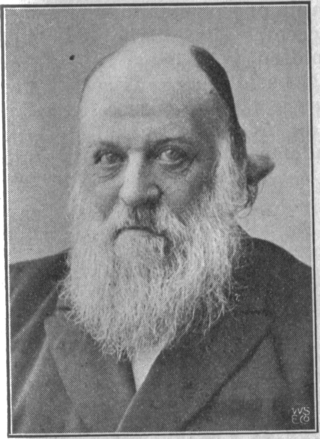
Ludvig Ludvigsen Daae was a Norwegian historian and author. He was a professor at the University of Oslo for more than thirty years.
Per Palle Storm was a Danish-born Norwegian sculptor and professor at the Norwegian National Academy of Fine Arts.

Elling Bolt Holst was a Norwegian mathematician, biographer and children's writer.
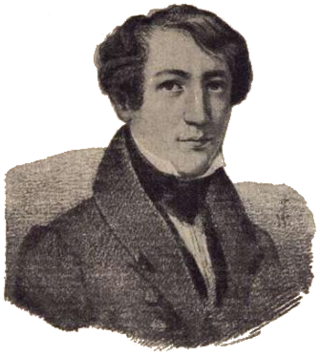
Bernhard Dunker was a Norwegian jurist, barrister and Attorney General of Norway.

is a former municipality in the old Nord-Trøndelag county, Norway. The 261-square-kilometre (101 sq mi) municipality existed from 1913 until its dissolution in 1964. The municipality included the northeastern portion of what is now the municipality of Steinkjer in Trøndelag county. The administrative centre was the village of Malm where Malm Church is located.

Oscar Albert Johnsen was a Norwegian historian. He published a number of books on historical topics.
Alf Ottar Gladtvet was a Norwegian filmmaker and pioneer in the film industry. He made documentaries, feature films, commercials, animated films, newsreels. and many short films. He also worked as a cinema machinist and cinema director.


















